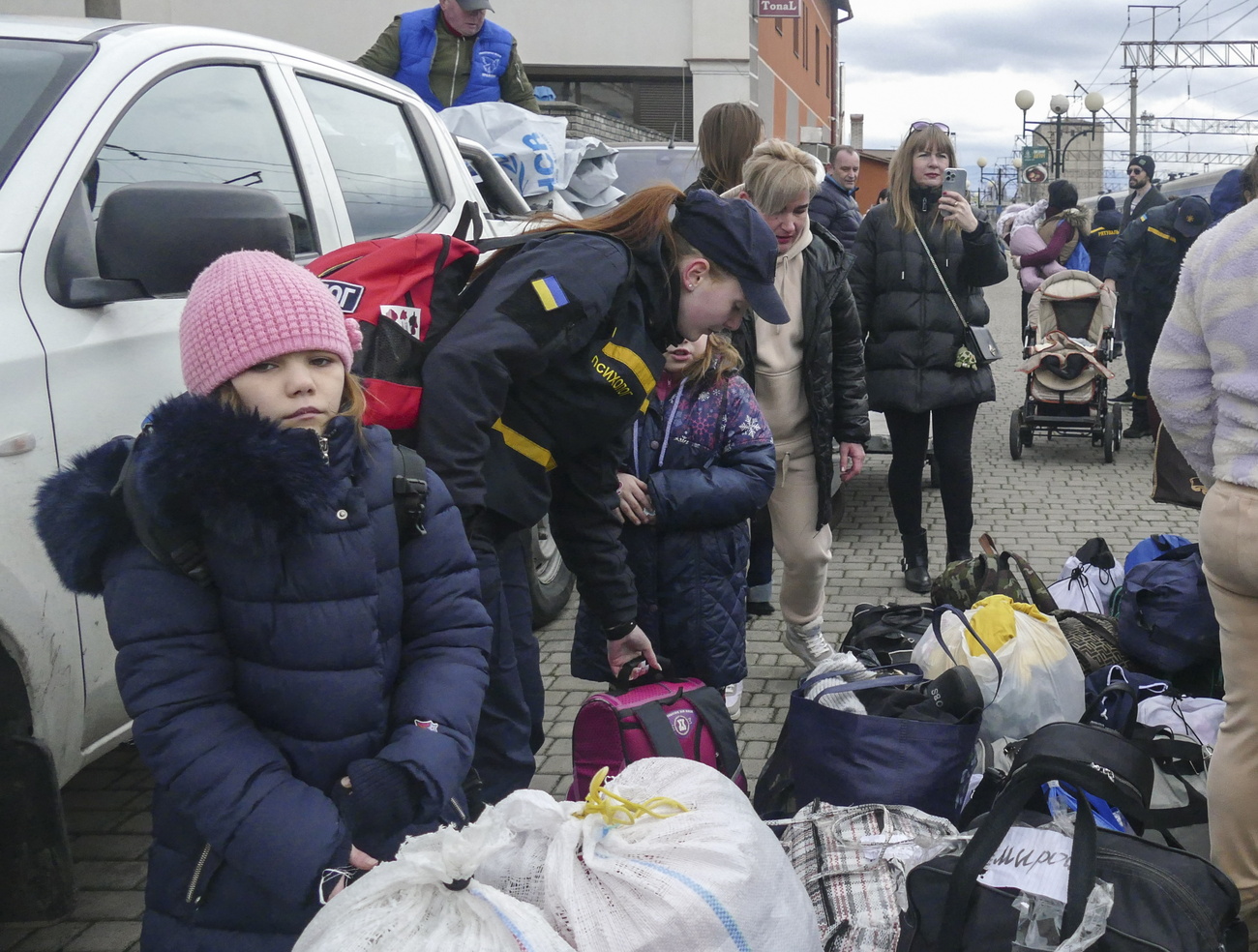
Andrea Štaka’s films speak the language of women and migrants
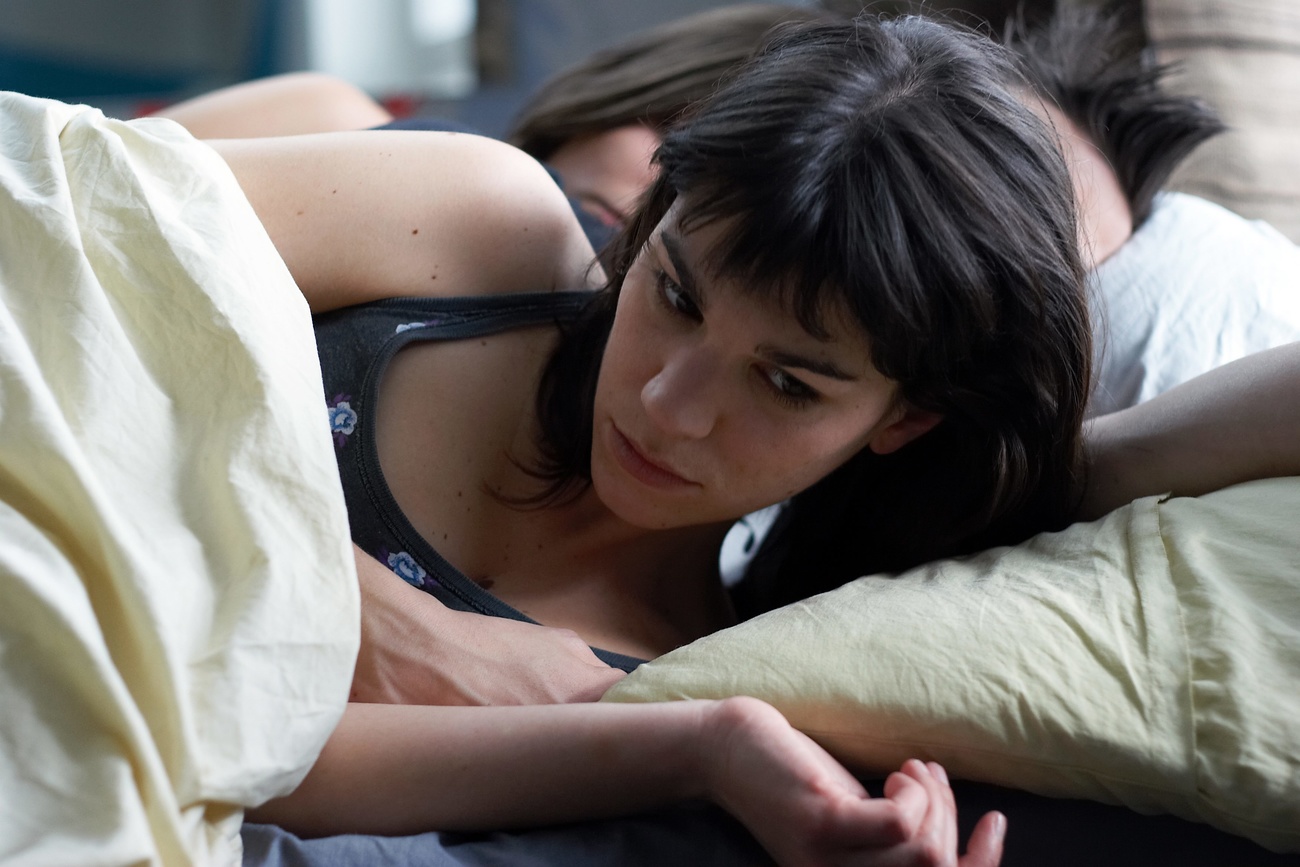
Andrea Štaka is considered the most important female filmmaker in Switzerland today. Her main topic, migration, is of interest all over the world, including in Mexico, where her films have been showing at the Black Canvas film festival.
As a relatively recent addition to the film festival circuit, Black CanvasExternal link in Mexico City focuses on films and filmmakers who challenge viewers with new topics and new cinematic perspectives. One director whose whole output qualifies here is Andrea Štaka. Her films tell the stories of migrant women who find themselves having to perform a balancing act between different cultures.
Switzerland was the featured country at this year’s Black Canvas, which took place from September 30 to October 9. With a retrospective of her work, Štaka was the guest of honour. SWI swissinfo.ch spoke to her at the festival location, the Cineteca Nacional in Mexico City.
Andrea Štaka was born in Lucerne and grew up in Zurich. In 1998 she graduated from the art college in Zurich now known as ZHDK with her film Hotel Belgrad, which won several prizes. Then, in New York, she made the documentary film Yugodivas (2000) and later the full-length features Das Fräulein (2006), Cure – The Life of Another (2014) and Mare (2020). These were all shown at film festivals and awarded prizes.
Štaka is a part-owner of Okofilm Productions, which she runs with the Swiss director and producer Thomas Imbach. She works as a script-writer, director and producer, and teaches at the ZHDK. Štaka lives in Zürich.
SWI swissinfo.ch: You were praised at the Black Canvas film festival in Mexico City as the most important female Swiss director today. Is that how you see yourself?
Andrea Štaka: I see myself simply as an important Swiss director. Perhaps because in my films I talk about women, who embody not just one culture or cultural world, but several. When I embarked on a filmmaking career, this kind of identity issue was hardly touched on in Swiss cinema.
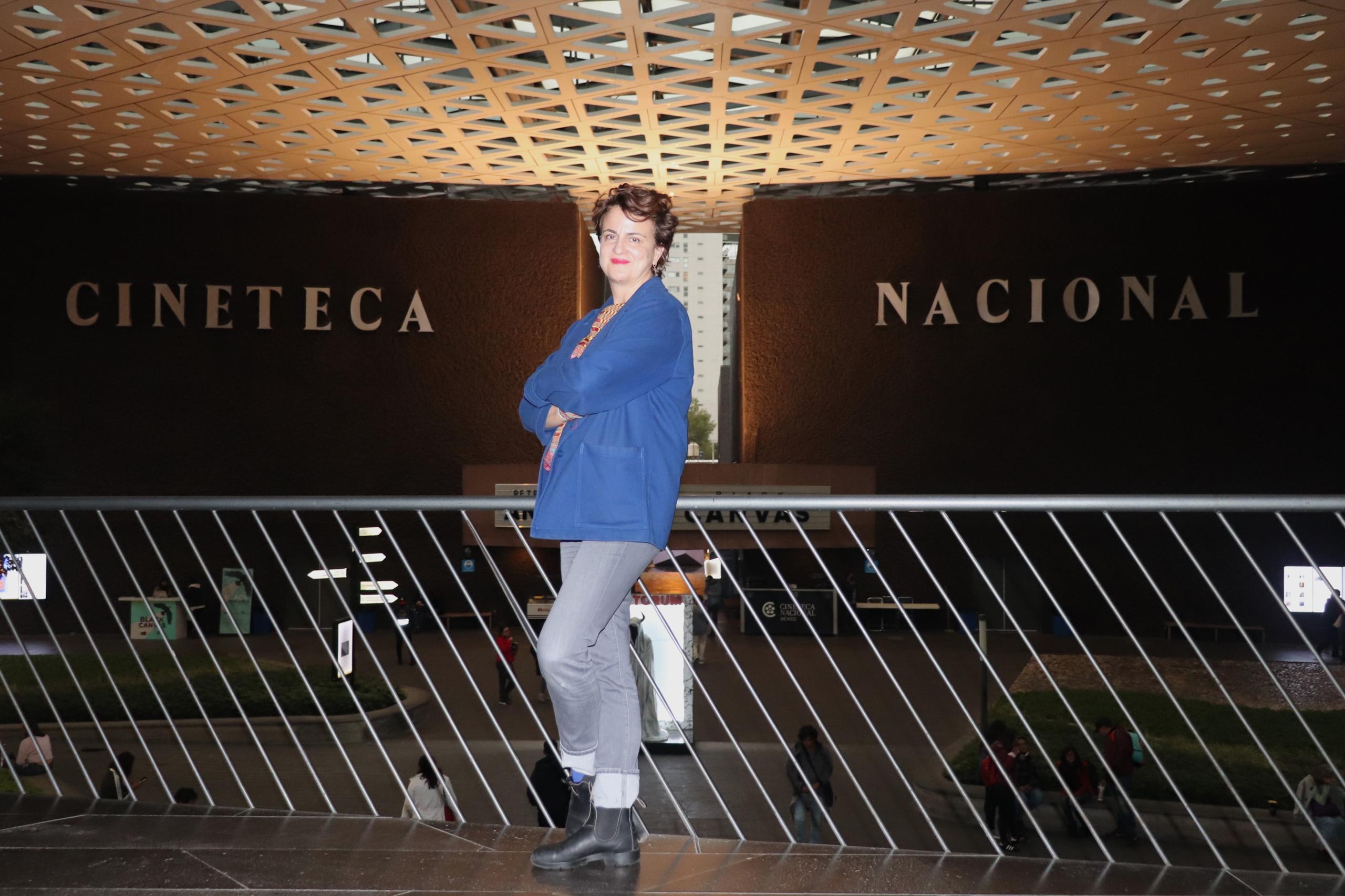
SWI: How would you define “important director”? What plays a greater role: the box office or the film critics?
A.S.: Both. But the most important aspect is definitely the public. I’ve made films which did well at the box office, like Das Fräulein, and I’ve made films which were a critical success but didn’t attract much of an audience, like Cure – The Life of Another. Or indeed like Mare, which ran for only three days and then had to stop because of the lockdown.
Anyway, even as we speak, the concept of box-office success is changing. Fewer people are going to the cinema than before the pandemic, and many films are being streamed at home. You also have to include these numbers. Ideally, a film succeeds in winning over the public as well as the critics.
SWI: Your films have often struck a chord with cinema-goers and have won prizes at such film festivals as Locarno, Solothurn and Sarajevo. Switzerland is a special guest at this Black Canvas festival and your films are being shown in a retrospective. You don’t seek media attention otherwise, and you could be called a low-profile filmmaker. Why is that?
A.S.: As a director, I expose myself quite enough through my films. I’m also shyer than people think. There are times when I’m very proud of a film and give myself a pat on the back. But there are also times when I have doubts and I question my own work.
SWI: Your characters are often torn between two cultures. Western Europe gives them financial stability, southern Europe is home. There are parallels to Mexico, aren’t there?
A.S.: Absolutely. When I watched Mare again with an audience in the Cineteca Nacional, it occurred to me that the story could have happened in the outer suburbs of Mexico City.
Konavle, where the airport for Dubrovnik is and where Mare takes place, is a beautiful and rather desolate place. A non-place really, neither city nor countryside. But the main character, Mare, reminded me of the kind of wife and mother who might live in Mexico.
Like Mare in this film, who helps her parents to buy a house in Croatia with money she has earned in Switzerland, there are very many Mexican women in the US who send money to their families back home and often have nothing left when they go back. These questions about family, financial security, the search for identity, sexuality, are everyday concerns in many places.
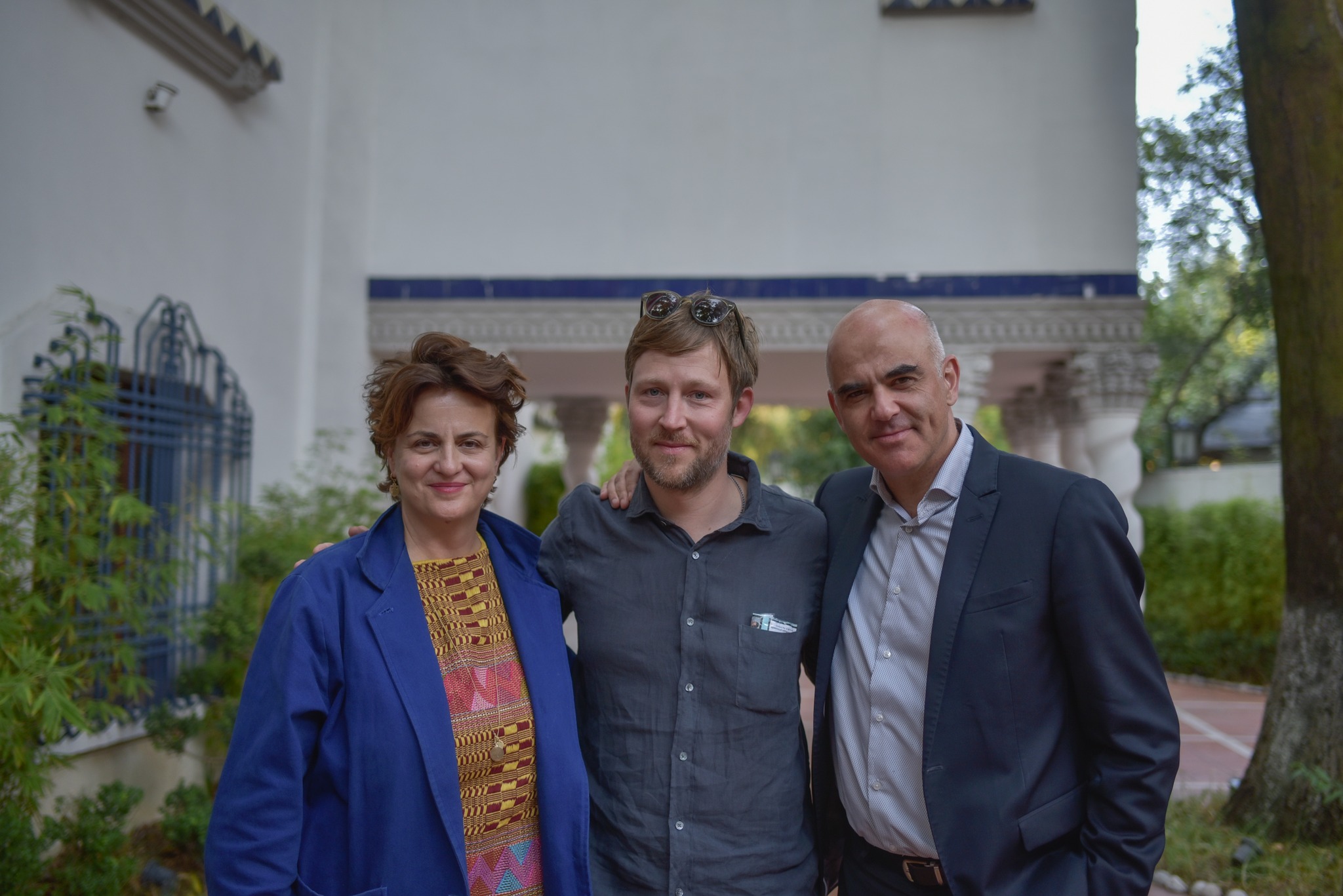
SWI: Can one then see this retrospective of your films in Mexico as an international perspective on your struggle with issues of multicultural identity?
A.S.: Indeed. Many people in Mexico live in a constant crisis of survival like some of my film characters. The violent conflict that affects them exists in Mexico too.
In Croatia these things are the result of a patriarchal society and also of war. I’m no expert on Mexico, but I do know that the country has one of the highest rates of women being murdered. That touched me. In front of the hotel where I’m staying in downtown Mexico City there used to be a statue of Christopher Columbus, but now there’s a sculpture put up by a women’s group, drawing attention to the plight of indigenous women.
SWI: You belong to the first generation of Swiss filmmakers who have dealt with the topic of migration.
A.S.: Before I made Das Fräulein in 2006, the topic of migration was not very present in the media and was dealt with in a rather one-dimensional way. When war broke out in the former Yugoslavia in the 1990s, all there was to be seen on TV was wild-looking men fighting and women crying.
I thought this portrayal of war and suffering was an insult and certainly too one-dimensional. So I began to make films in order to cut through these images, and change them.
SWI: Does our social understanding, which encourages belonging to one single culture, lead to migrants and their children feeling torn?
A.S.: Living together in any society is always changing. Yet the expectations of Swiss society as regards newcomers are still too static. There are particular expectations as to how newcomers should behave and adapt. These are expectations which are almost impossible to fulfil.
Many people put themselves under a great deal of stress because they want to be the perfect Swiss man or woman. Yet Swiss society is to a great extent made up of immigrants and their offspring. They too represent Switzerland, whether they speak Swiss German with or without a foreign accent. They and we are in fact the new Swiss society. A diverse, very mixed one. And that’s just fine.
SWI: You grew up in Switzerland with a Bosnian mother and a Croatian father. What was that like?
A.S.: It’s a nice rollercoaster of emotions. Sometimes I’m torn, and often I notice how the two cultures complement each other ideally. Basically, I find it enriching.
SWI: Most of your main characters are women, which is noticeable because men still play the starring roles in films more than women. You say you’ve had to justify yourself because of this.
A.S.: Yes, I’m always being asked why my main characters are women. I tell the stories of people, in the first instance, and since I am a woman, women’s stories are most familiar to me. That female protagonists are still in the minority is to some extent, no doubt, because there are few existing models – either of directors, or characters in films. But that’s changing very quickly, I’m glad to say.
Edited by Marc Leutenegger. Translated from German by Terence MacNamee

More
The price of being a female filmmaker

In compliance with the JTI standards
More: SWI swissinfo.ch certified by the Journalism Trust Initiative




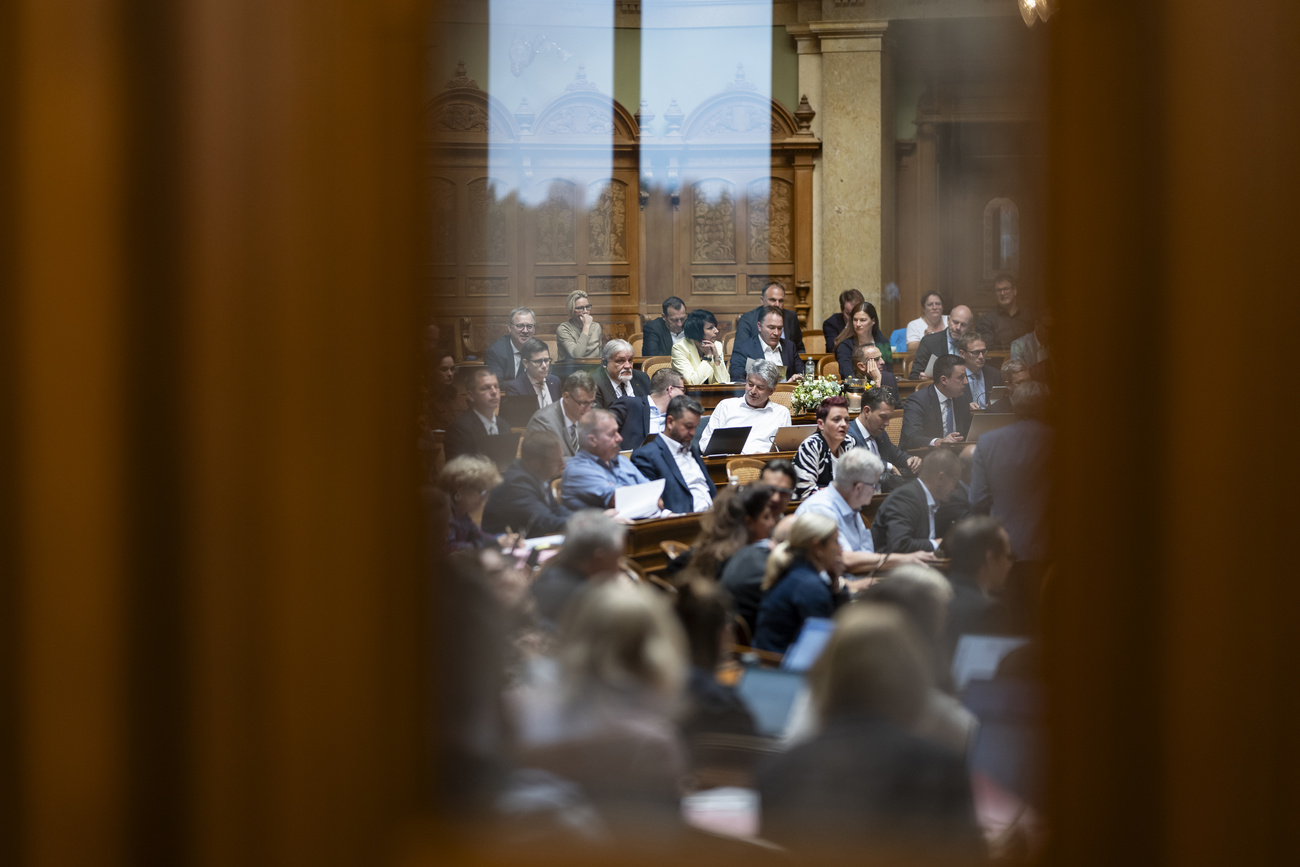

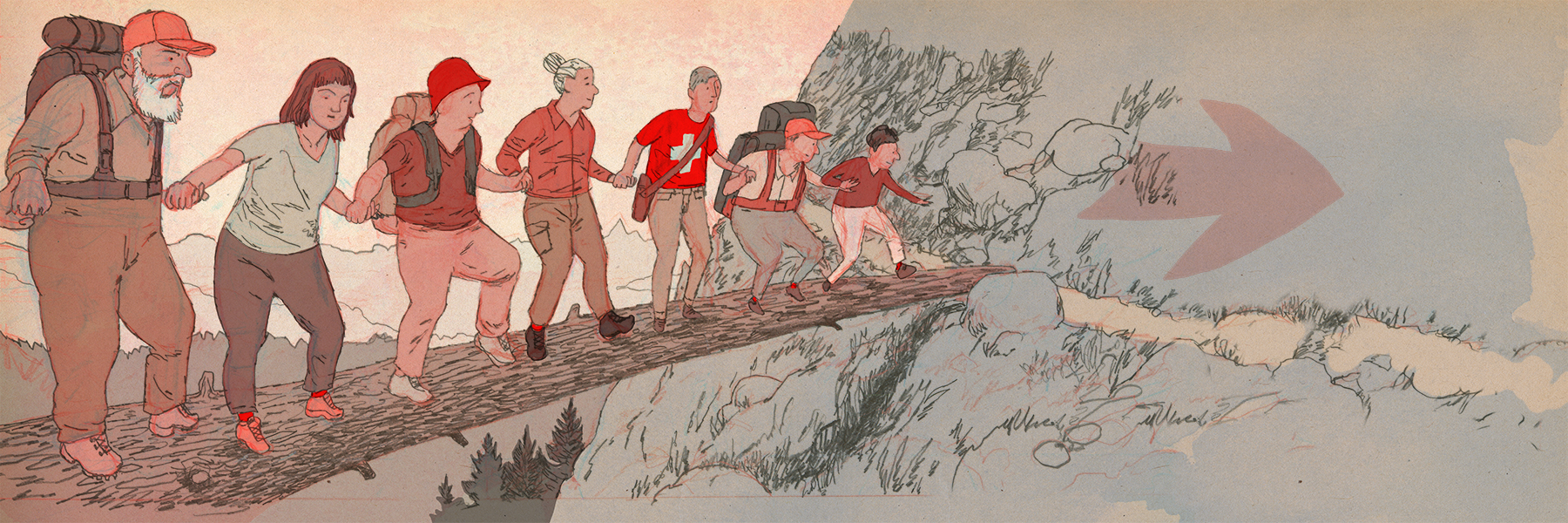







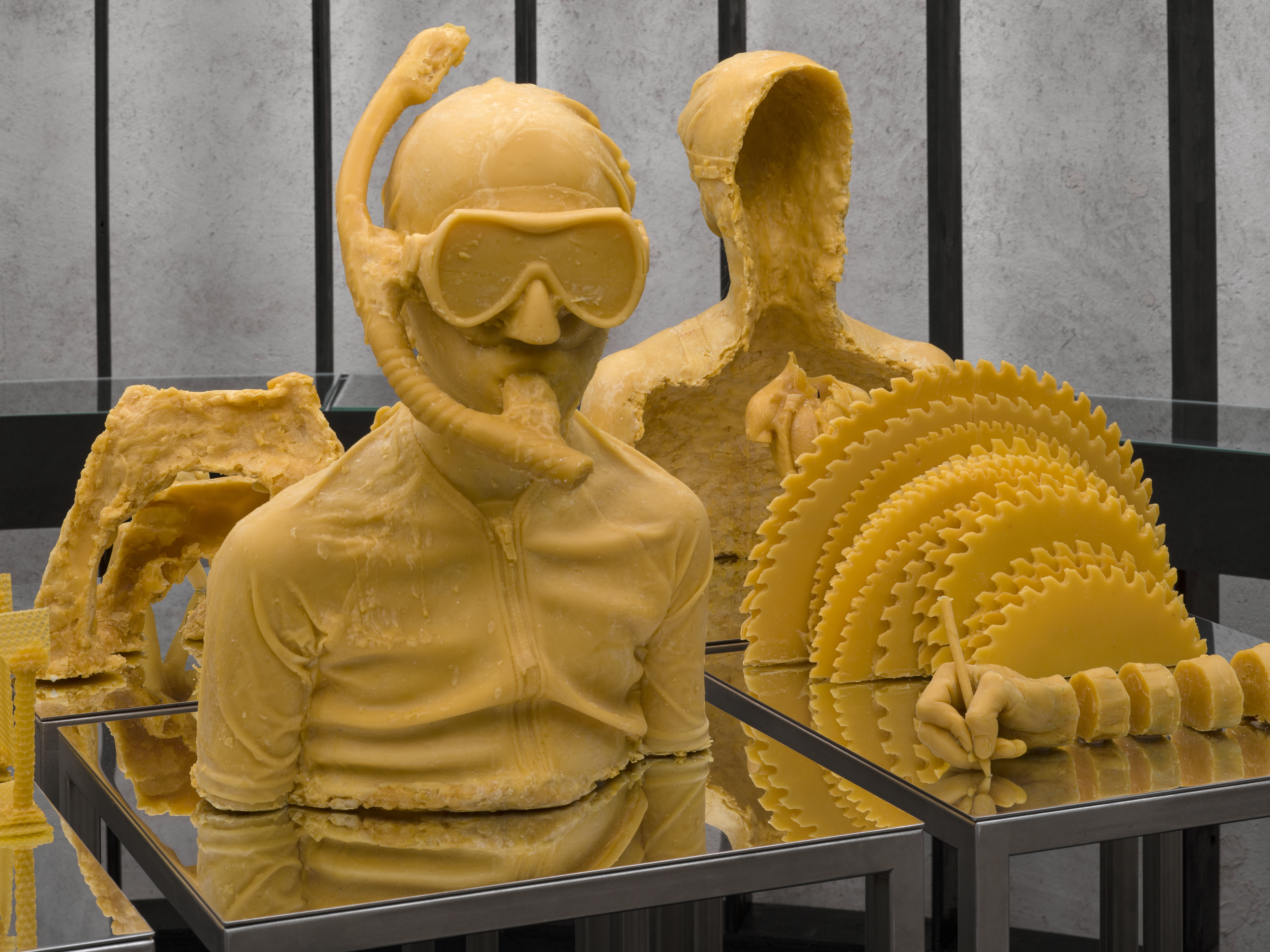
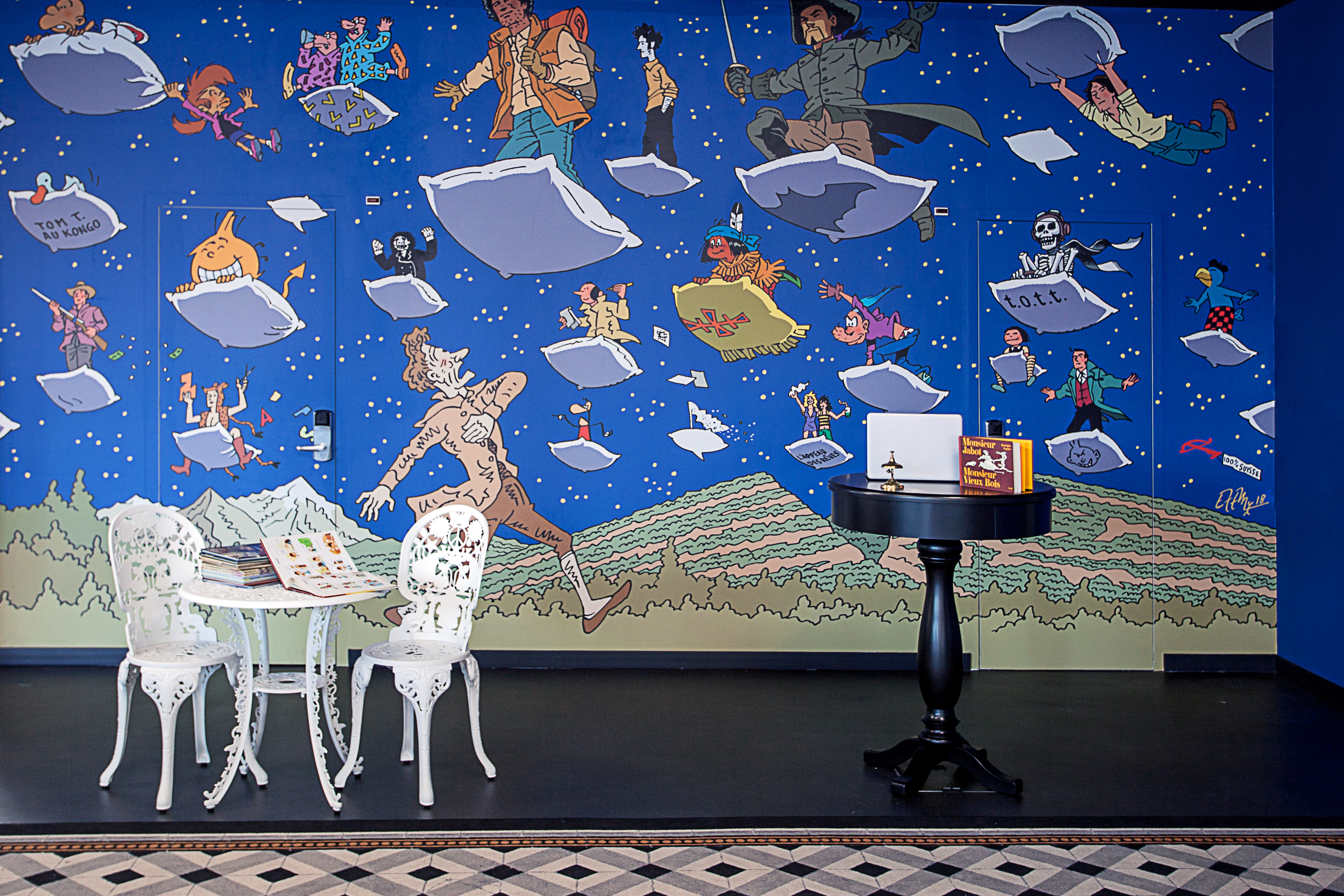











You can find an overview of ongoing debates with our journalists here . Please join us!
If you want to start a conversation about a topic raised in this article or want to report factual errors, email us at english@swissinfo.ch.